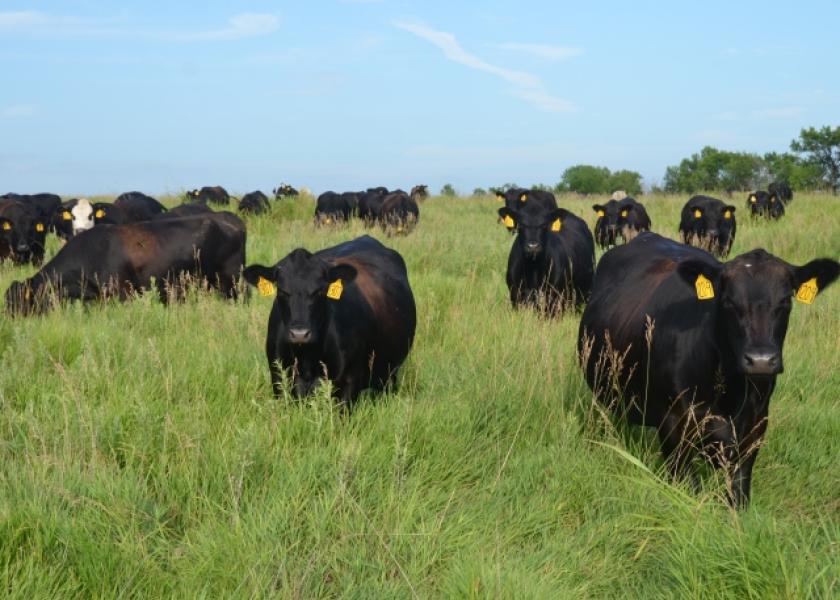Cow and Heifer Slaughter Indicates Continued Herd Liquidation

The January 1, 2023, Cattle inventory report included a beef cow herd of 28.9 million head, down 3.6 percent year over year and the smallest beef cow total since 1962. More importantly going forward, the report also included an inventory of beef replacement heifers of 5.16 million head, down 5.8 percent from the previous year. The replacement heifer total included the inventory of heifers expected to calve of 3.17 million, down 5.1 percent year over year. Both the replacement heifer total and heifers expected to calve were the lowest since 2011.
The available supply of bred heifers (heifers expected to calve), combined with beef cow culling this year will determine the change in the beef cow inventory this year. From the beginning of the year, the supply of bred heifers meant that beef cow slaughter in 2023 would have to decrease sharply…in excess of 18 percent year over year…in order to avoid additional herd liquidation this year. Figure 1 shows that beef cow slaughter has been lower in 2023 compared to last year. Cumulative beef cow slaughter reached a maximum year over year decrease of 13.8 percent in early September…a significant decrease, but not enough to prevent additional herd liquidation. The July Cattle report confirmed that the beef cow herd was down by 2.6 percent from 2022 levels by mid-year.

Since Labor Day, a very strong seasonal increase in beef cow slaughter has narrowed the gap from last year. In the last ten weeks, beef cow slaughter has been down 7.0 percent year over year, leading to a mid-November year to date decrease of 12.1 percent. This level of beef cow slaughter means that the January 1, 2024 beef cow inventory is likely to be down at least 2.5 percent from 2023.
The January 2023 Cattle report also included the inventory of heifers available for breeding (calculated as the total replacement heifer inventory minus heifers expected to calve). This category of replacement heifers was just under 2 million head, down 6.9 percent year over year and was the lowest in 23 years of available data. Typically, some additional heifers (out of the Other Heifer inventory category) are also bred to produce the total supply of bred heifers going into the next year.
Heifer slaughter is also drawn from the inventory of Other Heifers. Heifer slaughter has decreased 2.5 percent thus far in 2023 but remains relatively large. Heifer slaughter was unchanged year over year in the first half of 2023 but has accelerated since July with a year over year decrease of nearly seven percent since Labor Day. Nevertheless, it seems likely that the available supply of bred heifers will remain limited in 2024. The beef cow herd will be smaller in 2024 and holding the inventory stable next year may be the most likely outcome.







